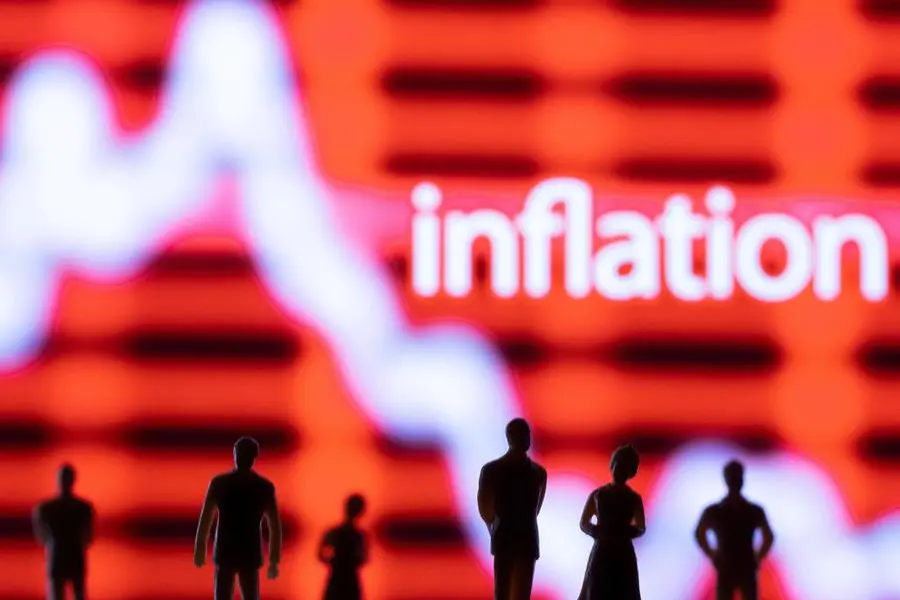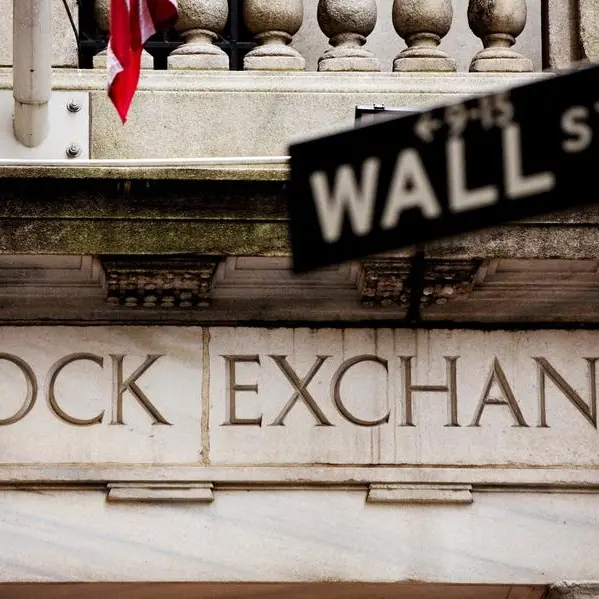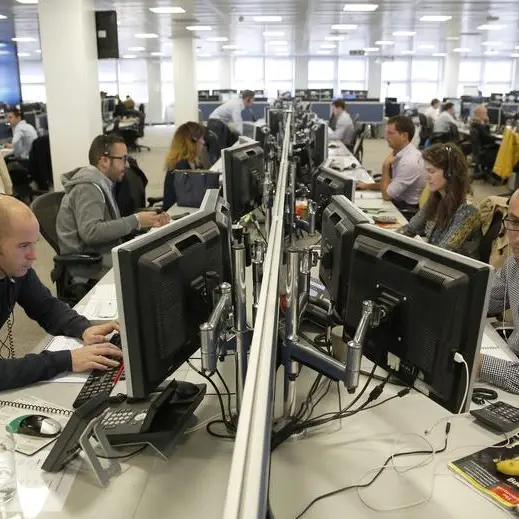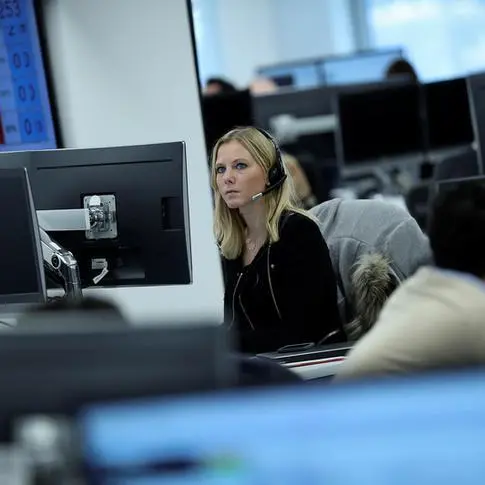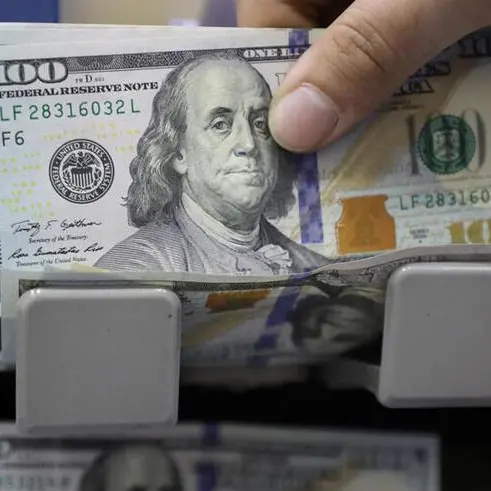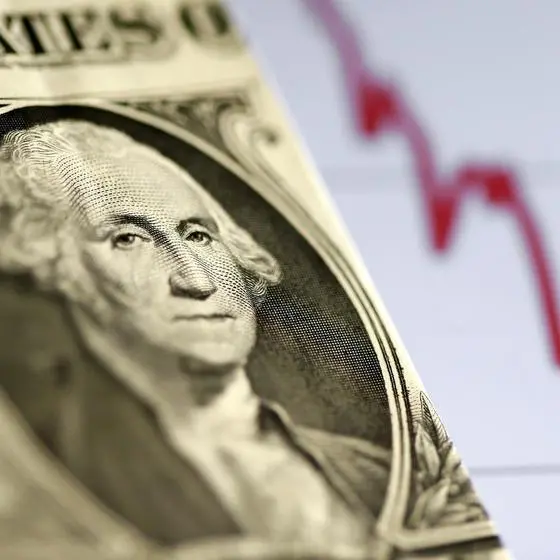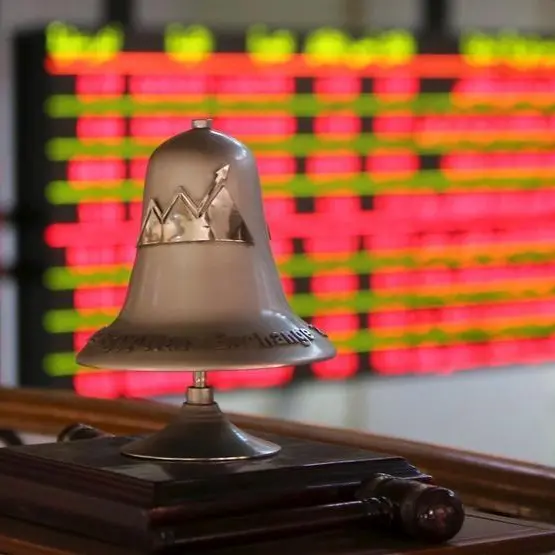PHOTO
NEW YORK - An uneasy calm that has pervaded the U.S. bond market could break in coming days, as looming data on employment and consumer prices shed more light on how long the Federal Reserve might need to keep rates elevated in its battle to decisively defeat inflation.
While investors still expect rate cuts this year, unexpected economic strength has forced many to recalibrate how deeply the Fed will be able to lower borrowing costs without reigniting inflation, aligning the market’s views on easing more closely with those of the central bank. Yields on the benchmark U.S. 10-year Treasury, which move inversely to bond prices, have traded in a narrower range over the last few weeks.
Fed Chairman Jerome Powell echoed that sentiment on Wednesday, when he told lawmakers that continued progress on lowering inflation "is not assured" though the central bank still expects to cut rates in 2024.
Things could grow more precarious for bond investors if Friday’s employment data and next week’s consumer prices report show continued strength in the economy and more stickiness in inflation, further pushing back expectations for Fed cuts. That, in theory, could drive yields higher, further hurting investors who had jumped into Treasuries over the last few months betting on imminent easing.
"The worst case scenario for the fixed income market is if we get a ‘no-landing’ scenario, where the economic picture is still solid and inflation picks up,” said Lawrence Gillum, chief fixed income strategist for LPL Financial. “If we get that reacceleration in inflation or the economy, the 10-year could retest 5%”, he said.
In his remarks, Powell noted that inflation had "eased substantially" since hitting 40-year highs in 2022. He said there were risks of both cutting rates too soon and allowing inflation to reaccelerate, and of keeping monetary policy too tight for too long and damaging an ongoing economic expansion.
The 10-year yield was recently at 4.11%, little changed after Powell’s comments. Yields have bounced between about 4.05% and 4.35% since early February, following a swift decline from a 16-year high of just above 5% hit in October 2023.
That range of just over 30 basis points compares to a 38 basis point range from the start of the year through the first two trading days of February, and an almost 57 point swing in December.
Futures tied to the fed funds rate on Wednesday showed traders pricing in about 90 basis points in rate cuts this year, much less than the 150 basis points they had priced in early January. The Fed penciled in 75 basis points of cuts in its projections late last year.
"If we get additional prints above 2% that will force the market to rethink the rate picture for the balance of the year,” causing more short-term volatility and a steepening of the yield curve, said Charlie Ripley, senior investment strategist at Allianz Investment Management.
Like many investors, however, Ripley believes the peak for rates likely came last year.
“Yields might move up marginally from a rangebound perspective, but this is an attractive entry point,” he said.
Net shorts in two-year Treasury futures last week fell to their lowest level since May, data from the Commodity Futures Trading Commission showed, suggesting lowered expectations for yields to spike further.
Others, however, are less certain that the economy will cool or the Fed will be in any hurry to ease monetary policy.
Easing financial conditions – including record high investment grade bond issuance, rising IPO activity, and new all-time highs for the US stock market – will likely continue to push inflation higher over the course of 2024 and undercut the case for rate cuts, warned Torsten Slok, chief economist at Apollo Global Management, in a March 1 note.
“The reality is that the US economy is simply not slowing down,” he said.
Economists polled by Reuters expect the U.S. to have added 200,000 jobs in February, after a blockbuster 353,000 jobs added in the previous month. The U.S. consumer price report, slated for March 12, is expected to show prices growing by 0.4% in February. Consumer prices grew at a faster than expected rate of 0.3% in the previous month.
“The market is going to be most sensitive to rates and rates are going to be sensitive to inflation, so we’re watching inflation more closely than anything right now as the predominant risk for markets,” said Michael Reynolds, vice president of investment strategy at Glenmede. “The next CPI report is going to be very closely watched.”
(Reporting by David Randall and Davide Barbuscia; Additional reporting by Lewis Krauskopf; Editing by Ira Iosebashvili and Chizu Nomiyama)
